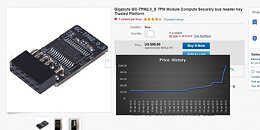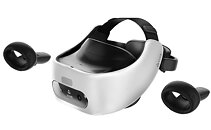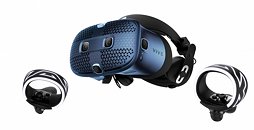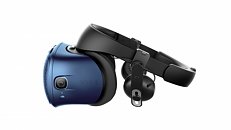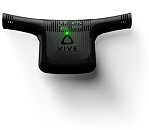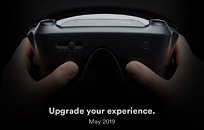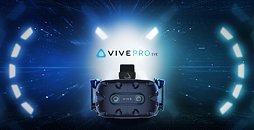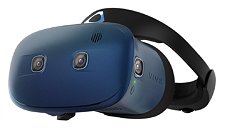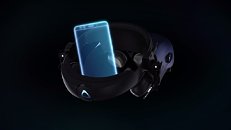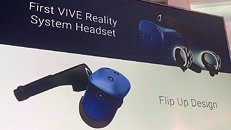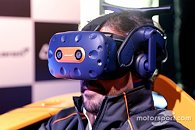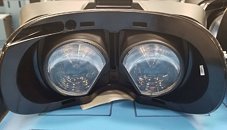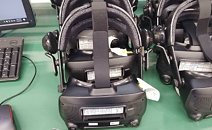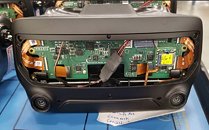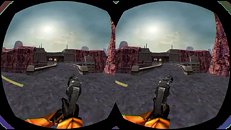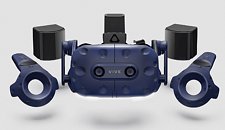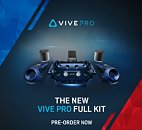
HTC VIVE Launches New Enterprise-focused VIVE XR Elite Business Edition Package
As the Enterprise XR space and industry competition continue to grow, HTC VIVE is leading the way. VIVE's Location Based Software Suite recently helped to develop the first functional VR system in microgravity. VIVE's hardware has become essential in training scenarios across the world. VIVE's hardware and software mean it's easy to create simulations with realistic graphics, and the ability for users to move around on a 1:1 scale, even incorporating physical props.
At MWC 2024, HTC VIVE is announcing new enterprise features for VIVE XR Elite Business Edition, including Location Based Software Suite support, and VIVE Business+ to make fleet management and content deployment effortless at any scale. VIVE XR Elite Business Edition also has new physical accessories to support even more versatile use cases, and enhance comfort for longer sessions or multiple users.
At MWC 2024, HTC VIVE is announcing new enterprise features for VIVE XR Elite Business Edition, including Location Based Software Suite support, and VIVE Business+ to make fleet management and content deployment effortless at any scale. VIVE XR Elite Business Edition also has new physical accessories to support even more versatile use cases, and enhance comfort for longer sessions or multiple users.














